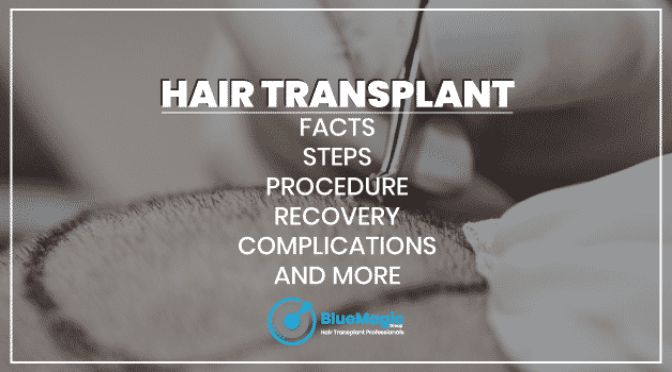-
Gjuhët ALBANIAN
-
Kontakt 24/7 +39 030 764 1043
-
Orët e Hapura E hënë - e shtunë: nga 9 e
mëngjesit deri në ora 6 pasdite

More than sixty per cent of men worldwide come down with premature balding. It manifests itself in the form of uncontrolled hair loss thus leaving the person with a receding hairline!
The exact reason behind this condition is yet to be determined. People who want to regain their lost confidence and youthful look can do so easily today. How!? Well, by simply going for a hair transplant procedure from a renowned clinic.
Hair transplantation is the surgical removal of hair follicular units from donor area of the patient to the recipient area. It is not exactly a cure but it is a means to put an end to receding hairlines.
Modern techniques and equipment has shortened hair transplant recovery period by many folds. This is one of the many reasons why men from all over the globe prefer this solution over wearing a wig or shaving their heads!
Hair transplants leave you with permanent results meaning you would need to go under the knife for just one time! It is a means to end generic baldness and male–pattern baldness permanently. The new hair that would grow in the recipient area will resemble natural hair both in terms of consistency and texture.
The overall density of the hair strands per square inch of scalp on a person multiplies by many folds. This leaves no visible indications that the person was bald!
People can bid farewell to wigs and stop shaving their heads!
The hair in the donor area will be trimmed.
A local anesthesia will be applied to the donor and recipient area.
The surgeon will remove hair follicles from the donor (typically the back of your head) to the recipient area of your head.
The donor area will be sutured after hair follicles are removed from the same.
Follicular Unit Grafts are then placed in the recipient area.
Hair transplant procedure is of two types. They are as follows:
FUT – otherwise known as Follicular Unit Transplantation. Here the surgeon will pick follicular units of hair from the donor area to the recipient area. The results are permanent and it takes less time to conclude as well as recover.
FUE – otherwise known as Follicular Unit Extraction. It is a manual and time-consuming process. That stated, the results of FUE are far better than FUT. It leaves minimal marks. The overall look of the transplanted hair is pretty close to natural hair.
A generic overview of a typical hair transplant recovery period is as follows:
Your scalp will be sore for several days after you have had the procedure. For this particular reason you would need to take pain medication for several days.
The bandages applied on your scalp by your surgeon should not be disturbed for at least two days.
You would need to take anti-inflammatory and antibiotics prescribed by your surgeon.
You cannot return to your work life for at least 5 days since you have had the procedure.
After about three weeks, the transplanted hair will shed from your scalp – this is natural. New hair will fill up your scalp in about nine months.
It is best to keep in mind that hair transplant falls under the category of a minimally invasive surgery. With that stated, surgeries do come with some preventable side effects. Meaning – having a hair transplant can leave you with some easily preventable side effects like swelling and a bit of bleeding.
If you are unable to care for your scalp post procedures, you can also risk catching an infection or come down with scarring. Unnatural looking hairline could also be side effects.
Infections and inflammations can be kept at bay with the help of antibiotics and compresses. Bleeding is natural and you can’t do anything in particular to keep it at bay. However, be sure to wash your scalp with a mild shampoo every day. Be gentle and avoid picking on the scabs! Never let your fingernails touch your scalp. Use your fingertips to apply and rinse off shampoo.
Hair transplantation is not a cure for balding. It is a measure to limit the effects of the same! In simple terms – you would need to ensure that you are taking care of your transplanted hair by religiously following the advice of your hair transplant surgeon. Avoid keeping long hair, get a haircut often, keep your hair clean by washing it often and moisturize your scalp with natural products like coconut oil. Follow the information shared in this post and you will be sorted!
How Long Does a Hair Transplant Take to Grow?
Curious to know how your hair transplant would go? Connect with us today and let us help you understand each and everything with the help of the experts. & let us give you complete details with the help of a free consultation.
 Get free consultation
Get free consultation